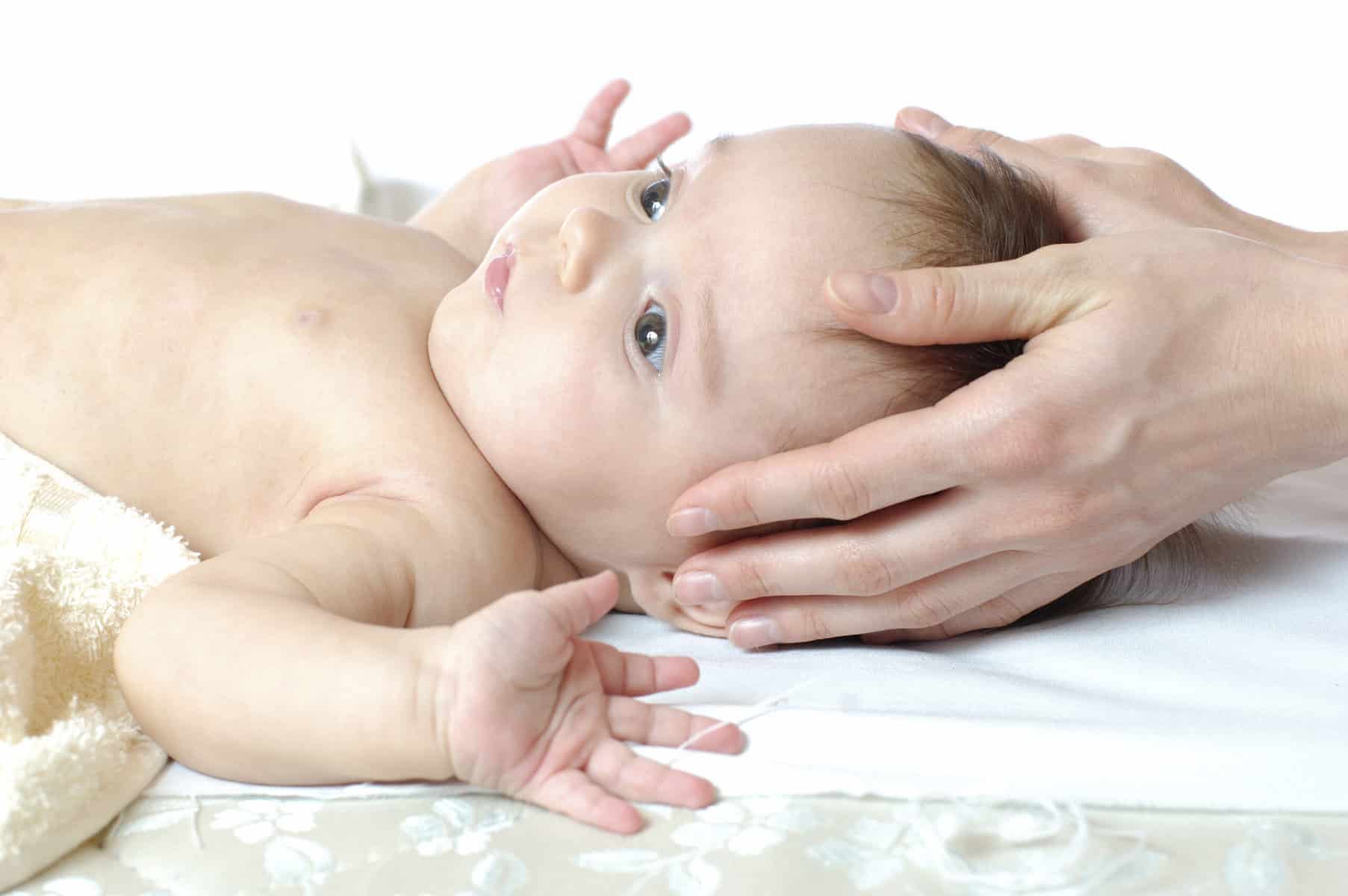Unlocking the Gentle Touch: Cranial Sacral Therapy for Newborns – An Essential Guide for Parents
Introduction to Cranial Sacral Therapy for Little Ones
Hey there, amazing parents! Bringing a new life into this world comes with its fair share of joy and challenges, and we’re here to brighten your parenting journey with a whisper of tranquility and a touch of tenderness. Welcome to the serene world of cranial sacral therapy (CST) for newborns, a holistic, hands-on approach that could be the nurturing support your little bundle of joy needs.
What is Cranial Sacral Therapy?
Imagine a therapy so gentle it can be performed on a tiny newborn, yet so powerful it can improve overall health and wellness. That’s cranial sacral therapy for you! CST is a light-touch therapy that targets the craniosacral system, which includes the bones of the skull, spine, and sacrum, along with the cerebrospinal fluid that surrounds and cushions the brain and spinal cord.
Practitioners perform this therapy with a featherlight touch, hardly heavier than the weight of a nickel. The intent is to release restrictions in the craniosacral system to enhance body function, ease tension, and promote a sense of peace and well-being that can benefit both you and your little star.
Why Consider CST for Your Newborn?
Now you might be thinking, “My baby is perfectly healthy; why would I consider CST?” Well, the birth process, even under the best circumstances, can be quite strenuous for babies. As they journey through the birth canal or are delivered via Caesarean section, infants may experience subtle pressures on their tiny, developing cranial bones and spinal column. This can sometimes lead to imbalances that might affect their comfort and developmental milestones.
Parents turn to cranial sacral therapy for their newborns for a variety of reasons, such as to resolve head shape asymmetries, improve feeding, stimulate better sleep patterns, or simply to support their baby’s overall wellbeing. The gentle nature of CST makes it a safe and soothing option for most little ones.
Baby’s Health and CST: What’s the Connection?
Every part of the body is interconnected, with the craniosacral system playing a pivotal role in maintaining the balance. When this system is functioning smoothly, it can go a long way in ensuring your baby’s health and happiness. CST is believed by practitioners to aid in respiratory function, enhance nervous system performance, and improve musculoskeletal alignment, all essential elements in your newborn’s growth.
Think about the possible benefits of a soothed nervous system for your little one: better digestion, fewer colic episodes, and improved sensory processing. And that’s just the tip of the iceberg when it comes to how CST might contribute to your precious one’s early stages of growth.
Is Cranial Sacral Therapy Safe for Newborns?
One of the first questions thoughtful parents ask is about the safety of cranial sacral therapy. The good news is, due to its gentle nature, CST is considered to be very safe for newborns. It’s non-invasive, doesn’t involve any medications or equipment, and is performed by trained therapists who understand the delicacy of working with infants.
Before you book an appointment, do a bit of homework to find a practitioner who is experienced in working with newborns. Credentials and a warm, understanding approach are key in choosing the right therapist for your family. It’s also essential to discuss CST with your pediatrician to ensure it fits into your baby’s overall care plan.
Stay tuned as we dive deeper into the world of cranial sacral therapy for newborns, exploring the ins and outs of a therapy that could make a world of difference in your little one’s life. From understanding sessions to knowing when to seek treatment, let’s continue this journey together for the happy, healthy development of your cherished child.

5 Things Parents Should Know in Preparing for Cranial Sacral Therapy for Newborns
Choosing the Right Practitioner
Top of your to-do list is to ensure that you’re entrusting your newborn to a skilled CST practitioner. Search for professionals with impeccable references and those who specifically specialize in pediatric care. You may come across various therapists ranging from osteopaths to massage therapists but zeroing in on someone with infant experience and relevant training is key. Accreditation from reputable institutions is always a good sign of commitment to providing safe and effective therapy.
Understanding the Process
A little insight into what happens during a CST session can go a long way in preparing both yourself and your baby. An initial session typically involves a detailed history taking and a gentle examination to detect any imbalances. Subsequent treatments involve light touches to the head and body as the therapist works to release any restrictions. Sessions are usually calming, and many babies even sleep through them. Familiarize yourself with the process so that you can provide the calming presence that your baby needs.
Creating a Calm Environment
CST thrives in a serene and supportive setting. On the day of the appointment, aim to have a peaceful routine that will help you and your baby to be relaxed and receptive to the therapy. Dress your newborn in comfortable clothing that’s easy to remove if needed. Sometimes, successful CST work can even be done while your baby feeds or snuggles into you, ensuring they are soothed throughout the session.
Being Patient with Results
Like many holistic therapies, the effects of CST are not typically instantaneous. It’s important to have realistic expectations going into the sessions. Changes may be subtle and gradual as the body responds to the treatments. Monitoring your baby after each session for any signs of improvement or discomfort is crucial. Share these observations with your CST practitioner, who can then adjust the therapy accordingly.
Integrating CST with Other Care
CST should ideally be one part of a broader health plan. Coordinating with your pediatrician and other healthcare providers ensures a holistic approach to your newborn’s well-being. Inform your pediatrician about your decision to try CST, and keep them updated on any progress or concerns. An integrated campaign of care harnessing both medical and alternative therapies often yields the best results for the little one’s health trajectory.
In short, the gentle, supportive nature of cranial sacral therapy can provide numerous potential benefits for your newborn. Keep in mind these five points as you explore this tender option for your child’s early health and wellbeing journey. Gearing up for your baby’s first cranial sacral therapy session with the right knowledge will equip you to create a nurturing path toward holistic development for your bundle of joy.
See more great Things to Do with Kids in New Zealand here. For more information see here
Disclaimer
The articles available via our website provide general information only and we strongly urge readers to exercise caution and conduct their own thorough research and fact-checking. The information presented should not be taken as absolute truth, and, to the maximum extent permitted by law, we will not be held liable for any inaccuracies or errors in the content. It is essential for individuals to independently verify and validate the information before making any decisions or taking any actions based on the articles.




